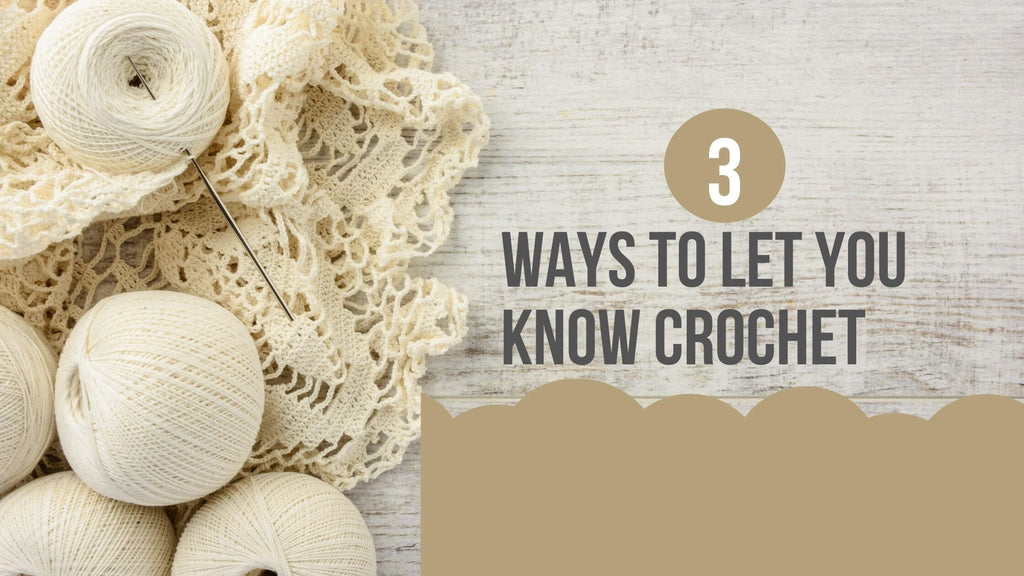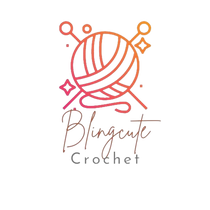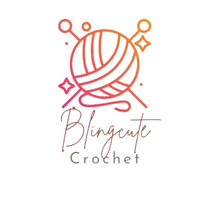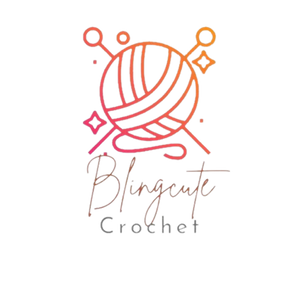# Type at least 1 character to search # Hit enter to search or ESC to close

What is crocheting?
Crochet is a yarn crafting technique, meaning it uses yarn to make things, and the tool that people use in crochet is a hook. They come in different fibers, materials that the hooks are made from, different lengths, etc. But this is a pretty basic common one.
In knitting, you have all of the stitches on the needle, all in the same row. They are all open, meaning if one drops off it can fall.
In crochet, you only have loops on the hook belonging to one stitch so all you have to focus on are the loops that are on that hook. If it falls off, just rip it off, no big deal.
You're only moving one stitch at a time, and everything's ended once you finish that stitch. The types of fabric that you can create in crochet are all based on the yarn you choose.
Some examples of that are very very fine delicate fabrics like this one. Or using a thicker yarn to make a big thick fabric. Crochet fabric is generally thicker than knit fabric, Knit fabric lies very flat and is thin.
Crochet fabric is a little bit thicker, it does use about one and a half times the amount of yarn, for the same project. If you were to knit that project it would take a little less yarn, so that's something to keep in mind as well.
There are so many things you can make in crochet, Hats, garments, for adults, and babies.Delicate beautiful things, toys the sky is the limit in crochet.

What's the Difference Between Knitting and Crochet?
Knitting and crocheting. Two equally noble handcrafts but if you mix one up with the other, don't be surprised if a knitter or crocheter is quick to correct you. They're not the same thing! While these crafts might look similar to the untrained eye, knitting and crochet are quite different crafts. So what makes them different? It's more than just needles and hooks but that's a good place to start. Knitting is worked on a pair of needles and crochet is done with a single hook. Knitting requires only two stitches: knit and purl while there are many different crochet stitches.
Crochet, named for the French term for small hook, has unknown origins. According to the Crochet Guild of America, it's hard to say exactly where and when crochet was developed as there's no evidence of it before 1800. It's also hard to pin down the beginnings of knitting as we know it today. But Julie Theaker writes that
fragments of knit socks have been found in Egypt dating back to 1000 CE. And you might be surprised to know they were knit with cotton yarn.
When crocheting, only one stitch is active or live at a time and knitting works the live stitches and rows. That means that generally speaking, crochet can be worked in more freeform directions than knitting. And while knitting can be reproduced by machines, crochet stitches can only be made by hand. The different properties of knit and crochet fabrics lend these techniques to different kinds of projects.
For example, crochet fabric can be much more structured and dense than knit fabric which tends to be more drapey. It's understandable if
you've gotten these two crafts confused because they have a lot in common. You can make sweaters, shawls, toys, and blankets by crocheting or knitting. You can work with the same yarns for both
crafts. And you can even make crochet stitches that look like knitting!
Most importantly, they're both super relaxing and foster a great community. Although their crafts might be different, there's no bad blood between knitters and crocheters. In fact, some of us like to
do both! Which one's easier, you may ask? Well, it really depends on the crafter. I won't ask which craft you prefer because I love to knit
and crochet. But next time someone gets confused, share this article with them and set them straight!
How to Choose Knitting Yarn?
let's stick to the essentials of what you need to know when selecting yarn that is best for you as you learn how to knit.
Let's first talk about how your yarn plays nicely with your knitting needles.
In a nutshell, smaller-weight yarns are paired up with smaller-sized needles. While heavier weight yarns are paired up with larger-sized needles.
Yarns are split into two major groups: Natural and Synthetic. Your yarn label will tell you the Yarn Content and you will sometimes see that it is a mix of both natural and synthetic. Natural Yarns can be further categorized down by either Animal or Plant Fiber. Common yarns created by Animal Fiber include Wool, Alpaca, Angora, Cashmere, Silk, even Possum from New Zealand! Plant Fiber yarn content is often Cotton, Bamboo, Hemp, and Linen. Synthetic fibers are made from Acrylic, Nylon, and Polyester.
Crochet with Love !
100% Handmade Crochet
© 2024 blingcute. All Rights Reserved | (+1) 2133421206 | contact@blingcute.com







Leave a comment